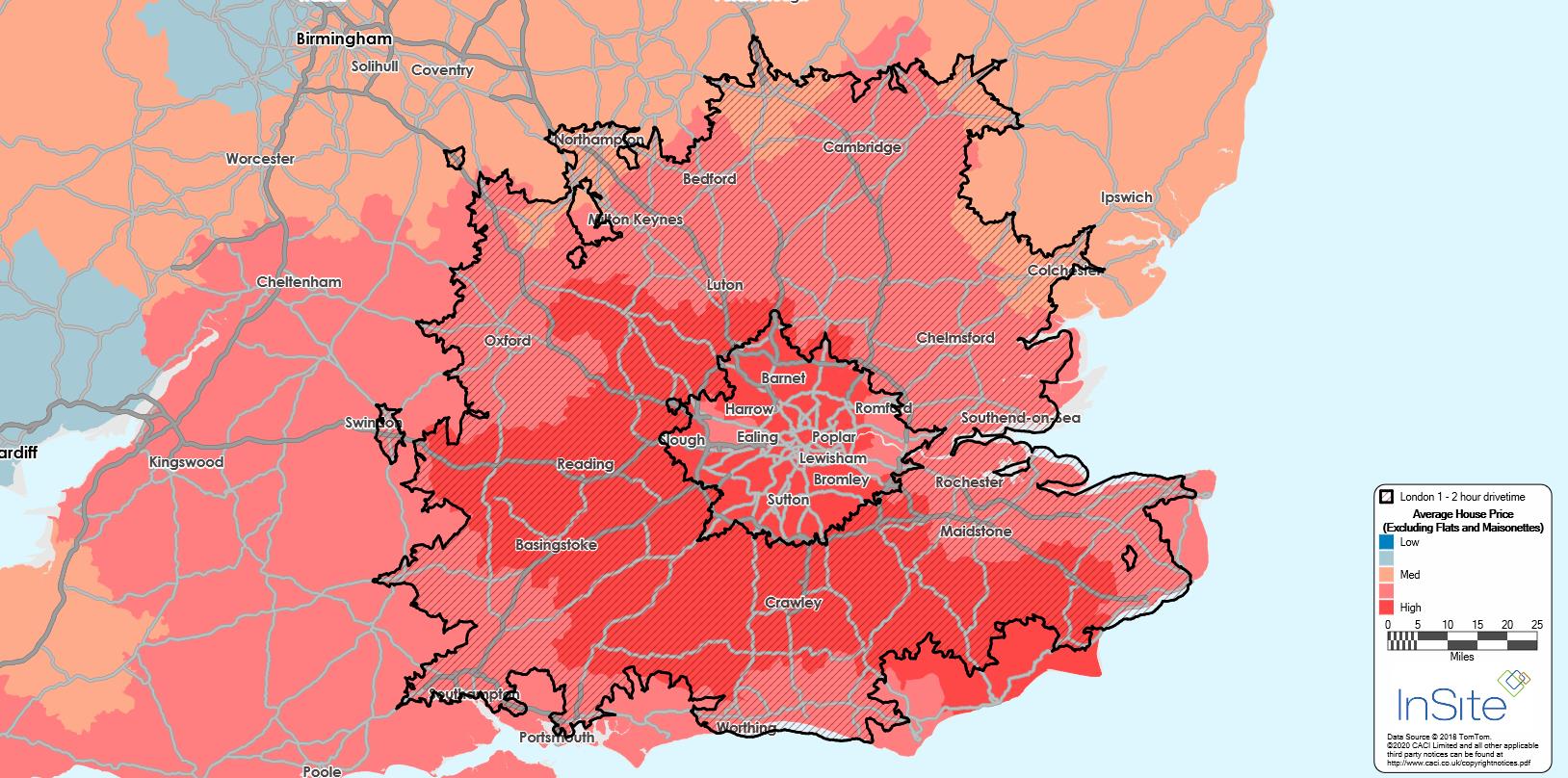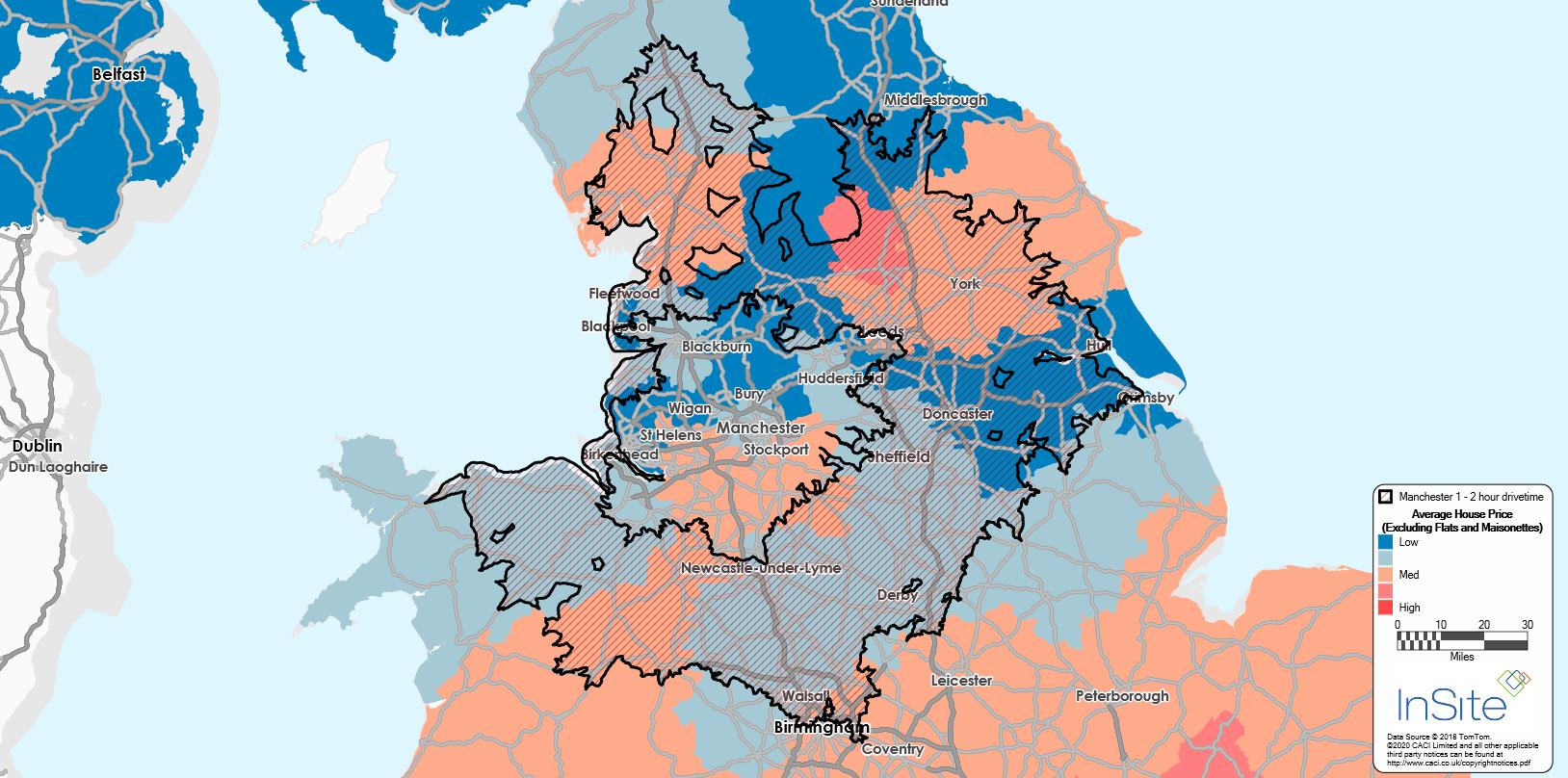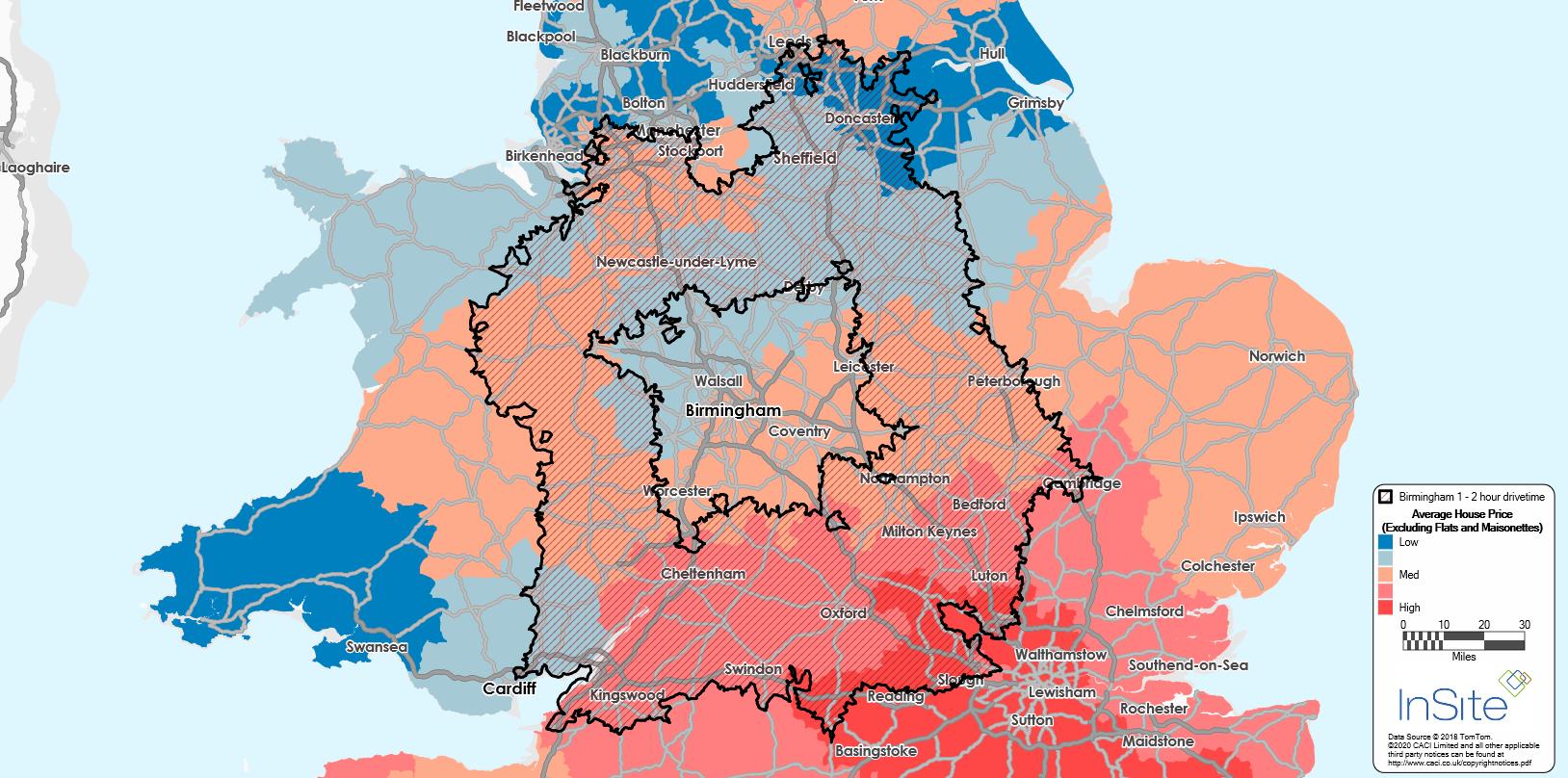Escape to the country
It comes as no surprise that lockdown has had a significant impact on the way city dwellers see the relationship between where they live and work. Recent data released by Rightmove for June and July has revealed a significant shift in city residents looking to relocate and take up village life. This shift is so great it outweighs the year on year growth of those looking to relocate from cities to towns. In June and July, the number of city dwellers contacting estate agents with an interest in relocating to villages increased by 126% over last year. Yet, although enquiries from those looking to relocate to towns was up 63% on last year, village life is clearly gaining greater attraction.
It goes without saying that most village locations city dwellers are looking to move to are within a commutable distance of work. For some, it has been proven we have the technology to work from home, therefore the daily commute may become the ‘once a week’ commute.
Its not just the appeal of living in the country that makes village life so attractive, its also the sense of community which we have all come to identify with since lockdown.
So where are these city dwellers moving to? According to Rightmove, Londoners are particularly keen on Iver in Buckinghamshire where as those living in Manchester are weighing up Charlesworth in Derbyshire.
Paul Nash, at CACI, has found there are around 15,000 villages across the UK. But which are most affordable for city dwellers that may not have the equity or income to relocate to desirable chocolate box villages? Let’s look at London, Manchester and Birmingham to see which areas are most affordable.
Assuming city dwellers would like to relocate to within a one to two-hour drive of their city office, this leaves London city dwellers with a choice of 1,900 villages, Birmingham 2,600 and Manchester 1,700.
Taking into consideration the relative average household income of a worker living within 3 miles of each city centre and the average house price across the vast choice of villages, the following villages have been identified to be not just the most affordable, but also populated by an affluent demographic.
MOVING OUT OF LONDON
For those looking to move out of London, the large village of Grove, just under 2 hours away in Oxfordshire should be high on the list. Average house prices stand at around £312,000 and with average household incomes within the local area at £49,300, the typical London commuter earning £49,000 would be well positioned to buy property, requiring around 5.7 times earnings to live that village dream. City professionals looking to relocate would fit in well with the local population consisting of very high proportions of ‘Executive Wealth’.

MOVING OUT OF MANCHESTER
Manchester is growing as a metropolitan social hub but for those affluent professional workers wishing to escape the fast pace of life, maybe the small village of Melling in Sefton, just under a 1 hour drive away could help slow things down. Although local household incomes are 60% higher than typical Manchester city workers, average house prices in Melling are a reasonable £330,000. The local population sit very high on the affluence scale consisting mainly of ‘Wealthy Countryside Commuters’ and ‘Better-Off Villagers’.

MOVING OUT OF BIRMINGHAM
With 90% of the UK accessible within 4 hours, Birmingham is an easy commute, but what would be one of the most aspiring and affordable villages to commute from within an hour. If you like the canals and open space then Gnosall, just under an hour drive from Birmingham should be on the list. With a mix of traditional old-world charm property and new build it has a lot to offer. House prices are typically 7 times earnings and local household incomes are around £44,000, 37% high than the average for Birmingham. ‘Asset rich families’ along side older and retired couples living in smaller detached and semi-detached housing dominate the area.

These are just 3 of the potential 15,000 villages that may be attractive to new ‘once a week’ commuter.
If you would like to discuss how CACI solutions can drive your location strategy for residential demand, workforce planning or long-term housing and infrastructure planning please call Tom Fletcher-Wilson on 020 7605 6123 or contact us.